My journey to one of the world’s most stunning sights began with an innocent click.
Really, it began because of this web site.
I launched the Telling The Story blog in February 2013 to inspire journalists and storytellers, using not just my work but that of others around the world. I included a weekly series called “3 Great Stories” to spotlight the best pieces I watched, heard, or read that week.
I began to relish my regular quest to unearth such gems, and I regularly scanned different outlets to expand my reach.
In January 2014 I discovered Medium.
Advertised initially as a long-form version of Twitter, the site had become — at its best — a beacon of creativity where both young and established writers posted their work. I started scouring its headlines until I stumbled upon this one:
Salar de Uyuni: my trip to see the world’s largest mirror
It was accompanied by this photo:
My eyes widened, and my index finger raced to the mouse to click on the link.
In the article, a traveler named Derek Low recounted his trip to Bolivia’s Salar de Uyuni, the largest salt flats in the world. He began with a straightforward description that left me hooked:
Imagine an area — even larger than some countries — that is blanched completely white and so flat that the variance in height from any single point to another is less than a meter.
Every year, this incredible landscape is covered with a thin layer of water. When that happens, it turns into the largest mirror on the planet and the results are mesmerizing.
The following week, I included Low’s Medium post as one of my 3 Great Stories, contrasting his conversational tone with the more polished presentation of a similar post on National Geographic. Here is what I wrote:
In terms of writing, Low does not craft sentences like (the National Geographic writer). His sentences read more like a tossed-off Twitter post than a carefully constructed thought. To critique his writing, however, is to miss the point.
Low lets the photos do the talking … and what magnificent photos they are. He uses a dash of writing simply to get the reader from Photo A to Photo B, and in doing so he tells a visual, visceral story in an informative, powerful way. As a traveler myself, I leave Low’s story knowing exactly what to expect from a trip to Salar de Uyuni.
I also left Low’s story with a desire to go there.
I had never considered a visit to Bolivia, but I placed it on my vacation wish list, vowing I would investigate further and see whether such a trip would be worth it.
For nearly a full year, the Salar de Uyuni remained in the back of my mind. Then, this past December, I spied a potential window: the middle of March, which is both a typically lighter time at my job and the end of Bolivia’s rainy season.
I enlisted a friend from Atlanta to join me, and away we went.
Bolivia is a fascinating place. It is considered a developing country, filled with dirt roads and modest living conditions for many. Travelers are told to avoid drinking tap water and eating raw vegetables, and they are regularly stunned by the chaotic, overflowing traffic in the capital city of La Paz. They also must adjust to the altitude; La Paz is the world’s highest capital city, clearing 13,000 feet.
But Bolivia is also a majestic place. We spent much of our time on the road, traveling via bus or Jeep from city to city, and we were treated to an array of beautiful and diverse landscapes. On one particular trip, a six-hour ride from Potosi to Tupiza, the view changed from mountains to rolling hills to cactus-filled desert.
I had brought a book to read, but I never opened it; I spent six hours staring out the window.
We then kicked off our vacation’s main attraction: a four-day Jeep tour through a national reserve that culminated at the Salar de Uyuni.
Once again, this regularly took us outside our comfort zones. On our first day, a hailstorm forced our Jeep drivers to essentially ford a river, Oregon Trail-style; later that day, one of the other vehicles nearly lost a tire, which left us all standing in the middle of a desolate, darkening expanse for 90 minutes. The next night, we stayed in a hut where the electricity went out after 8 PM.
But the views more than justified the chaos. Our first three days brought stops at lagoons, geysers, hot springs, volcanoes, and countless landscapes, all while encountering birds, llamas, and even flamingos.
Our third and final night, we stayed at a hotel made entirely of bricks of salt, and we could see the Salar de Uyuni in the distance. The following morning, we drove onto the salt flats for the most majestic sunrise I have ever seen.
The Salar de Uyuni extends dozens of miles in each direction, creating a seemingly infinite horizon. It sat, millions of years ago, as an ocean floor. Today it is one of the best-kept secrets in travel, well worth the comparatively low price of admission (Bolivia is also an extremely inexpensive vacation destination). As the sun rose that morning, I alternated between furiously taking photos and genuinely savoring the moment. Afterwards we continued on, driving across a dry stretch of the salt flats that felt like another planet.
Two days later, we flew home.
And as I traveled back to Atlanta, I began to feel an overwhelming sense of gratitude. People can debate as much as they can about the changing state of journalism and storytelling, and they absolutely should. The rise of social media, sites like Medium, and the Internet in general has greatly affected the ways in which we learn about our world. Some of those effects have been largely positive, others not so much.
But I can say this with good confidence: were it not for the Internet, social media, and a site like Medium, I likely would have never learned about the Salar de Uyuni. Because I did, I got to experience an unforgettable trip to a singular site.
For that alone, I cannot help but be thankful.
Matt Pearl is the author of the Telling the Story blog and podcast. Feel free to comment below or e-mail Matt at matt@tellingthestoryblog.com.
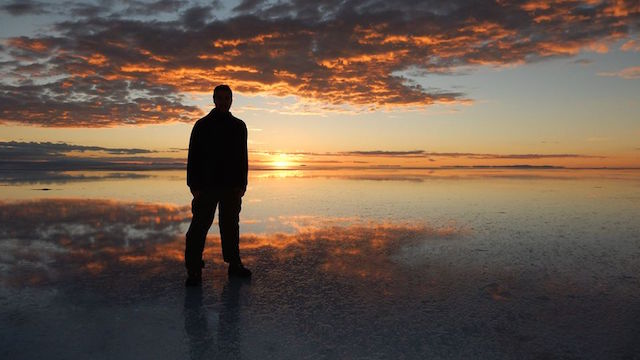

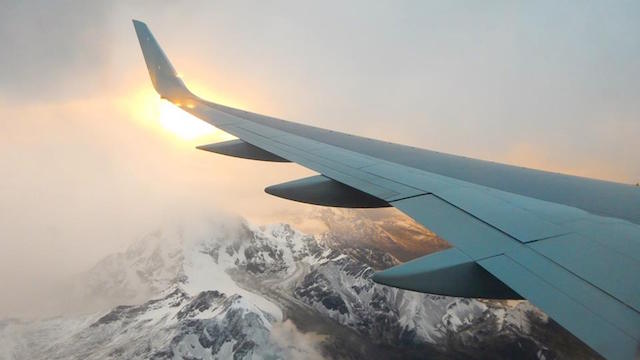
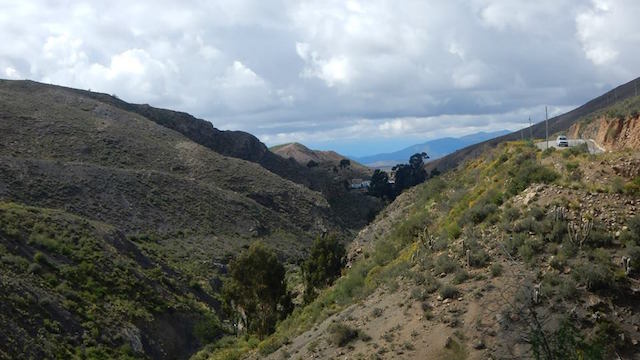
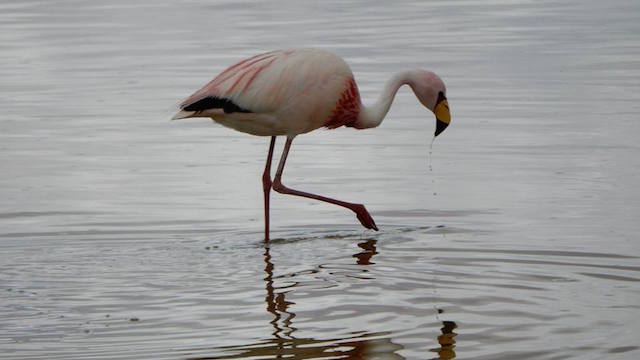
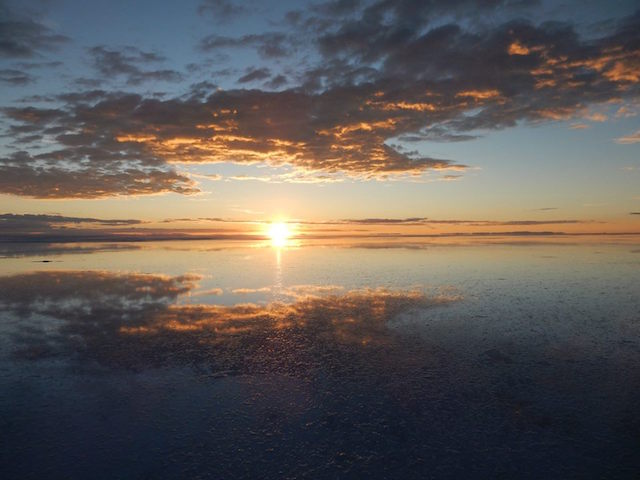
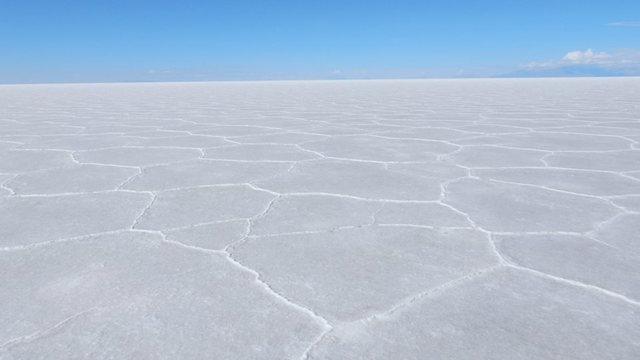
Now I want to go there! Beautiful writing and photos!